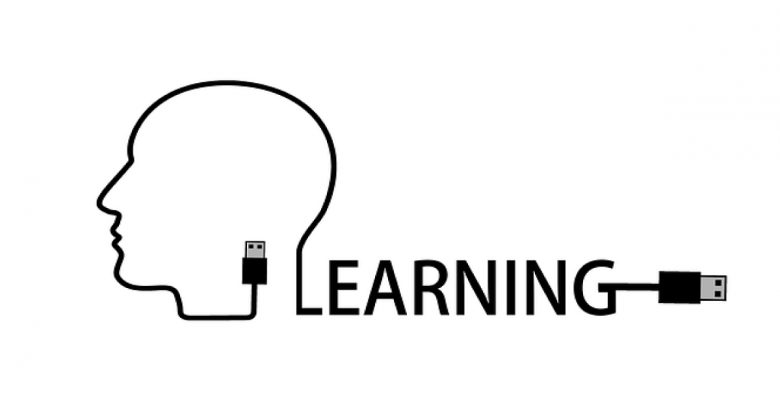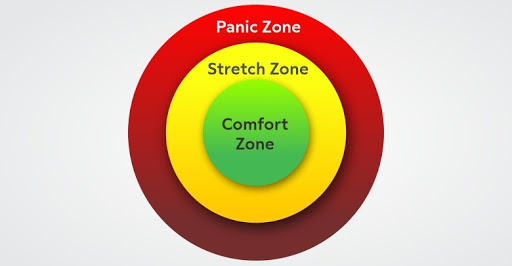learning
-
Introduction: Community catalyzes deep learning and should be a critical consideration when planning physical and virtual learning spaces. Why we conduct education as we do is a puzzling question. How to do it better is a big challenge. For us, the idea that learning should be the primary purpose of education has been a beacon—we might all agree that learning…
Read More » -
Introduction: Stories get the results that other communications can’t. Effective story-telling is a tool that trainers and facilitators could use to better understand what there is behind the group of participants and how to involve them in a meaningful design of training. Content: There’s actually a biological reason why humans are so good at stories. No doubt you’ll have observed…
Read More » -
Introduction: All content needs to be taught to the application and creation level or higher. Sheer instruction alone does not guarantee the transfer of knowledge. Transfer of learning occurs when the knowledge we acquire moves from our working memory to long-term memory and is retrievable. There are many things that impede this process. As a facilitator, we need to make…
Read More » -
Introduction: Many methodologies can be used for collecting data, even too many if we are not fully aware of the way we are going to use them. Content: DIFFERENT METHODS OF COLLECTING INFORMATION METHOD ADVANTAGES DISADVANTAGES Surveys (Mail) · Many people can be surveyed · Not time-consuming · Relatively inexpensive · Everyone gets the same instrument · Objective interpretation ·…
Read More » -
Introduction: Generally speaking, people like to surround themselves with individuals or groups that have similar views and opinions. Life is easier if we don’t need to debate every point or decision that is required in our lives. This may be fine for certain aspects of life, but when it comes to leading an effective management team, this will usually result…
Read More » -
Introduction: The concept of transferability of learning has different aspects and can be defined by situation, context, and behaviors. Content: The main purpose of any learning or education is that a person who acquires some knowledge or skill in a formal or structured situation like a classroom, or a training situation, will be able to transfer such knowledge and skills…
Read More » -
Introduction: The training development should always be based on learners’ needs and how to full fill them in a significant give way. Based on learners’ needs, we develop the learning objectives of the training and the methods/activities that are functional to their achievements. In the article about the criteria “Knowledge of ways and methods to identify learners’ criteria” we described…
Read More » -
Why did I choose this tool? This topic is very close to my heart, as I have been through major paradigm shifts and changing beliefs more than once in my lifetime. Because of this I fully understand what would cause someone to hold on tightly to their beliefs even when they are wrong, what would cause a change to happen,…
Read More » -
Why did I choose this tool? This tool uses a concept that is familiar to most trainers, that of the comfort zone, and makes it applicable to understanding and becoming more tolerant of ambiguity and uncertainty. How does this apply to being a trainer? There are so many layers of ambiguity in a training, from the ambiguity experienced by the…
Read More » -
Why did I choose this tool? I like this tool because it takes a pragmatic approach of actually working to reduce the ambiguity rather than wallowing in it, and I find that to be helpful while there is a different way of looking at the topic of ambiguity. I don’t think that exploring in too much depth the concept of…
Read More »









